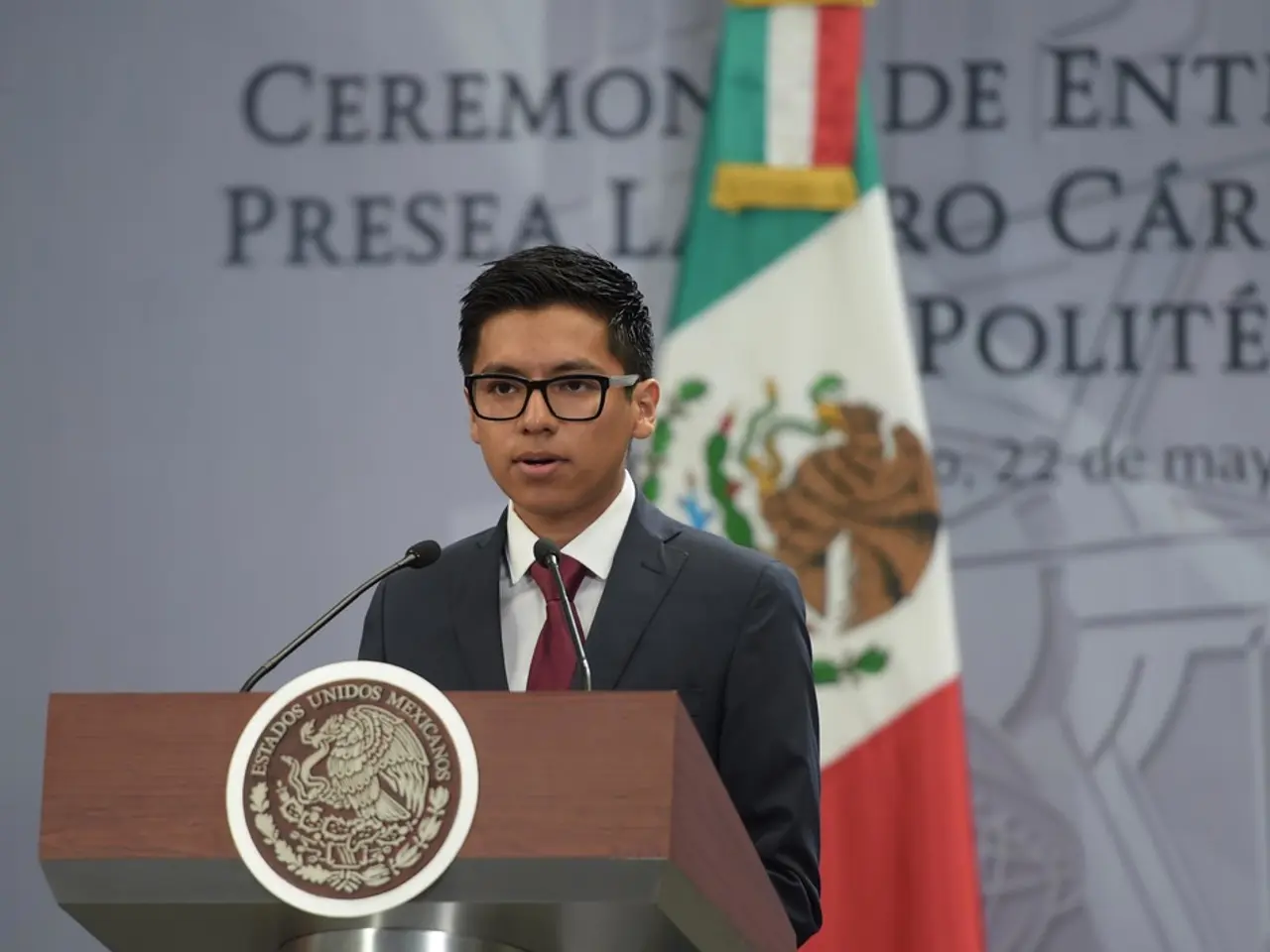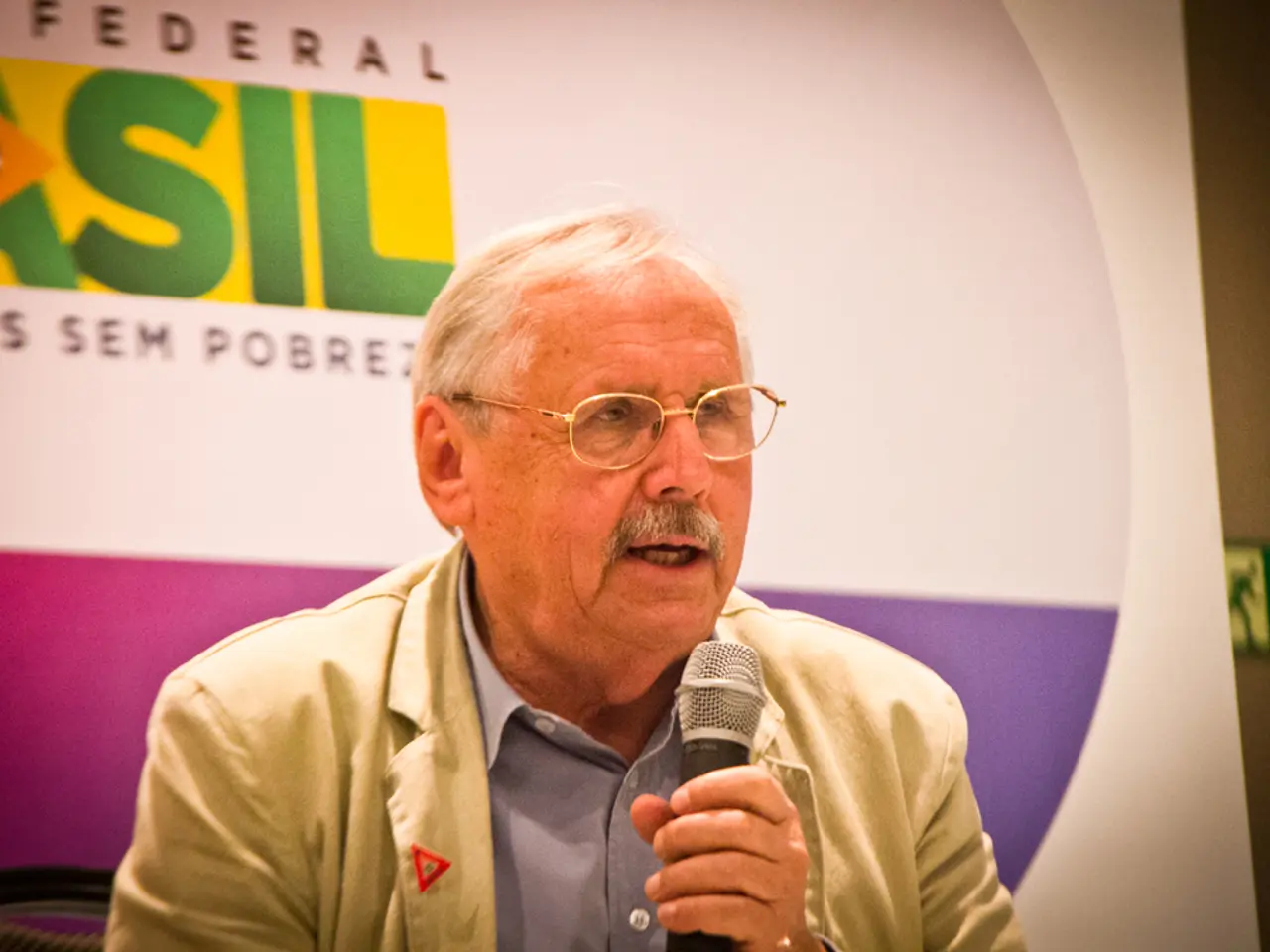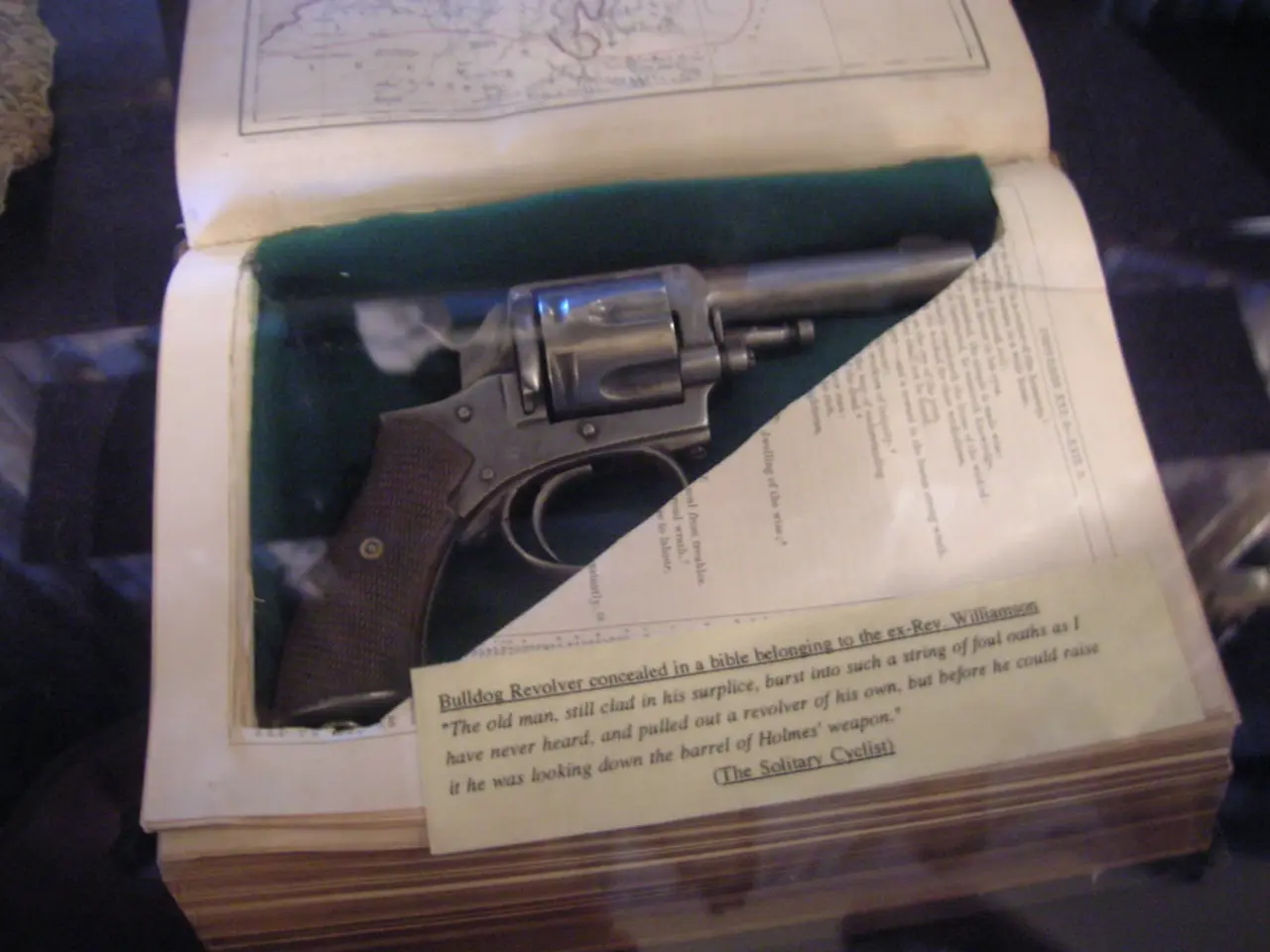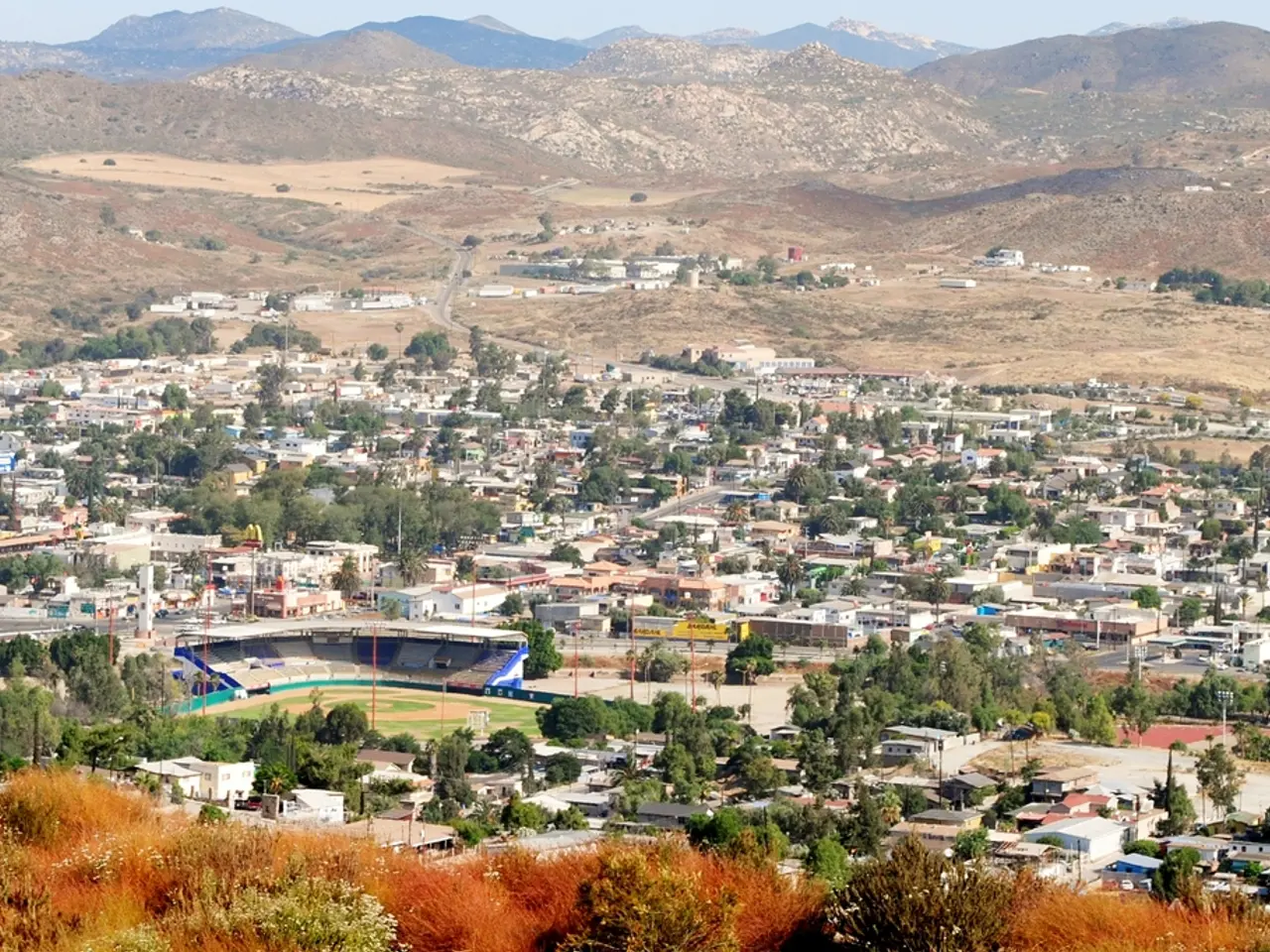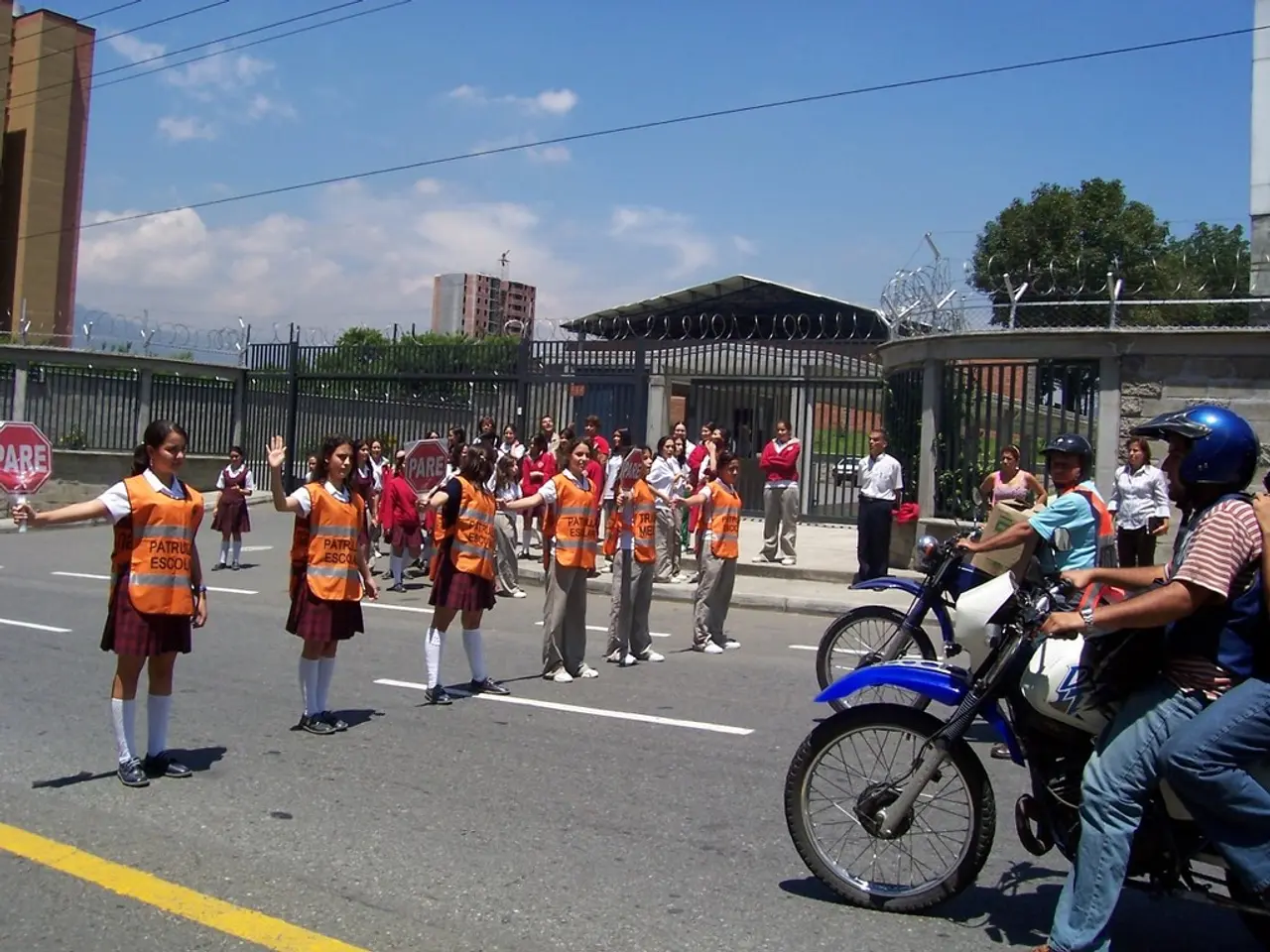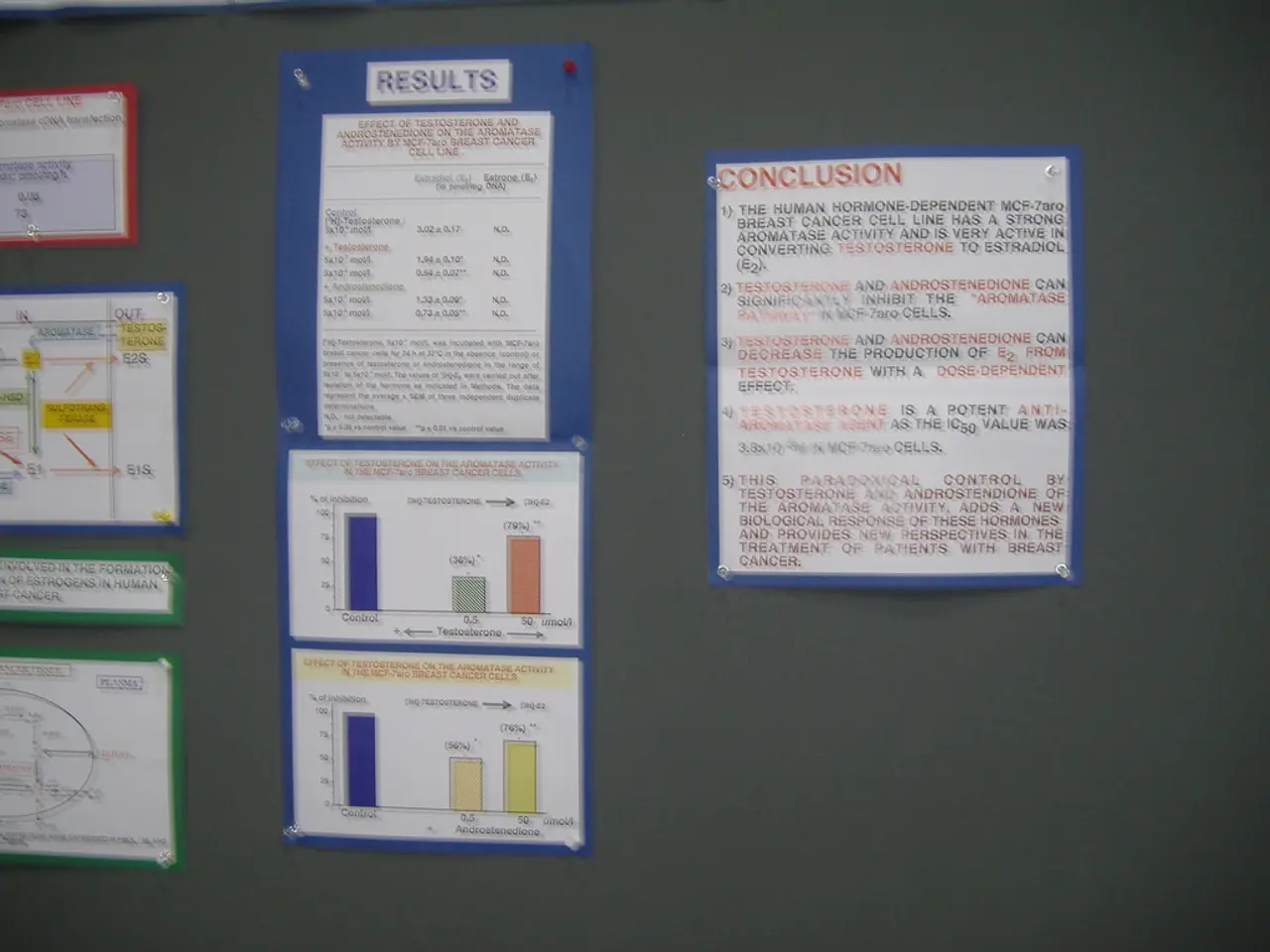American Newsboys During the Great War and Influenza Pandemic: A Historical Account of Their Struggles and Survival
In the bustling streets of Norwood, Massachusetts, young newsies had a unique role to play in the post-World War I culture of commemoration. Amidst the daily hustle and bustle, these boys would put their money on a table for disinfection, a small gesture that underscored the gravity of the times.
Their newspapers, carrying stories, images, and announcements related to war memorials, veterans' events, and public remembrance activities, served as a vital conduit for information. By distributing these papers, newsboys played a pivotal role in fostering public engagement with the commemoration culture.
Newsboys themselves were sometimes symbolic of the youth who had grown up during or just after the war. Their presence on the streets, selling papers with war coverage, contributed to the public memory of the conflict. They may have also participated in local memorial events or fundraising efforts, selling special editions or charity newspapers benefiting veterans or war widows.
However, the influenza pandemic of 1918 took a toll on these young news vendors. The disease affected newsboys in various locations, from Norwood, Massachusetts, to Winnipeg, Manitoba. In Pueblo, Colorado, and Harrisonburg, Virginia, newspapers outfitted carriers with gauze masks to protect their health, a testament to the challenges they faced.
The pandemic pushed war news off the front pages, but the spirit of commemoration persisted. In Chicago, newsies came under scrutiny as potential carriers of the disease due to their habit of spitting. Yet, they continued to play their part, albeit under challenging circumstances.
World War I presented opportunities for newsboys to be honoured, particularly those who joined the armed forces. Stories of bravery and sacrifice emerged, such as that of Joe Bagnuola, a former news crier from Chicago, who was placed on the "valor roll" for his actions as a battlefield messenger.
In New York, the Brace Memorial Home contributed 2,890 current or past residents to the military. One of these young men, Albert Edward Scott, a 15-year-old newsboy from Brookline, Massachusetts, became the youngest American casualty of the war and received posthumous honours.
The influenza pandemic and the war created a complex landscape for newsboys. Yet, they persevered, embodying the resilience and spirit of their generation. For a more precise understanding of their role in the commemoration culture after WWI, specialized historical studies or archives would need to be consulted.
Dr. Vincent DiGirolamo, an Associate Professor of History at Baruch College, City University of New York (CUNY), is one such scholar who has delved into this fascinating period of history. His research sheds light on the experiences of newsboys during these challenging times, offering a fresh perspective on a largely overlooked chapter in the annals of American history.
In the midst of the pandemic and the aftermath of World War I, politics and the general news surrounding war-and-conflicts became intertwined, shaping the experiences of newsboys. Society looked towards newspapers, often carried and sold by these young boys, for updates on the commemoration culture, veterans' events, and public remembrance activities, offering them a vital role in politics and general news. Newsboys participated in local memorial events, fundraising efforts, and even in acts of bravery, mirroring the resilience and spirit of their generation during those challenging times.
